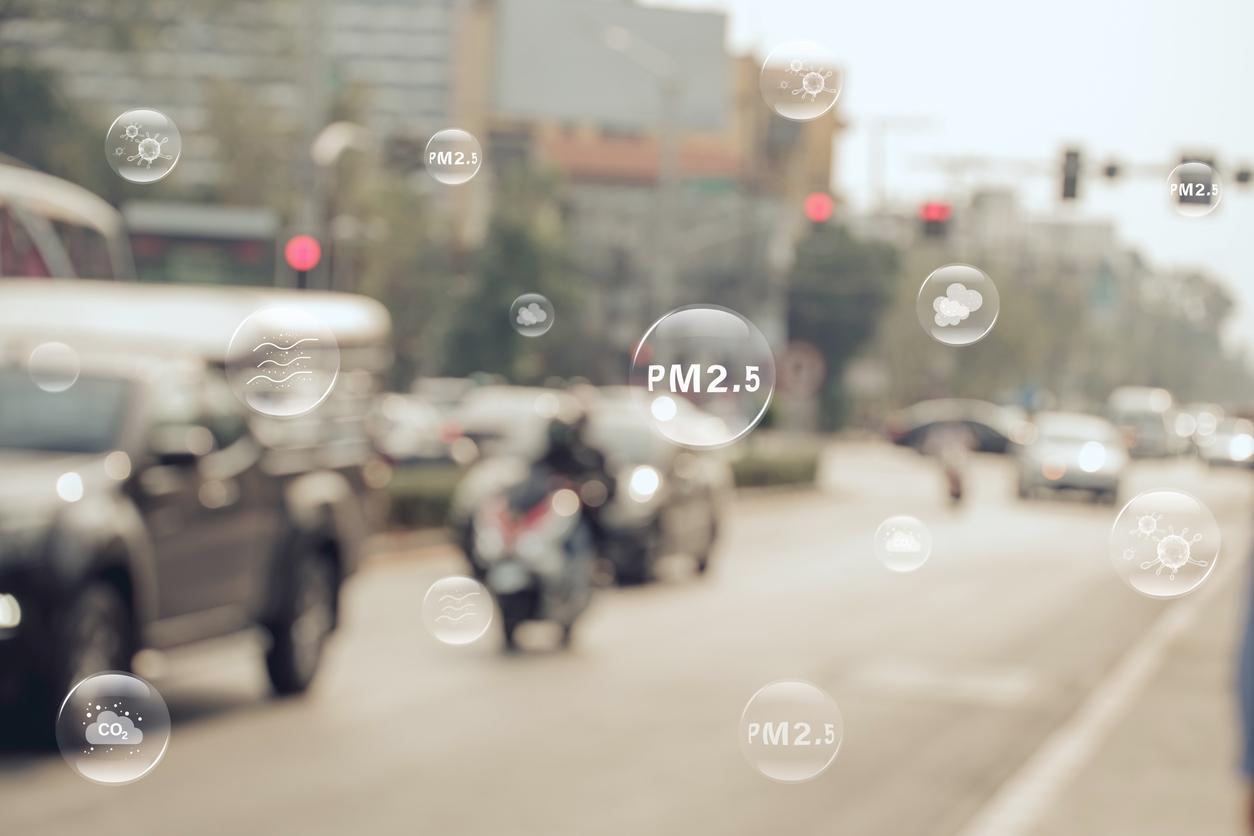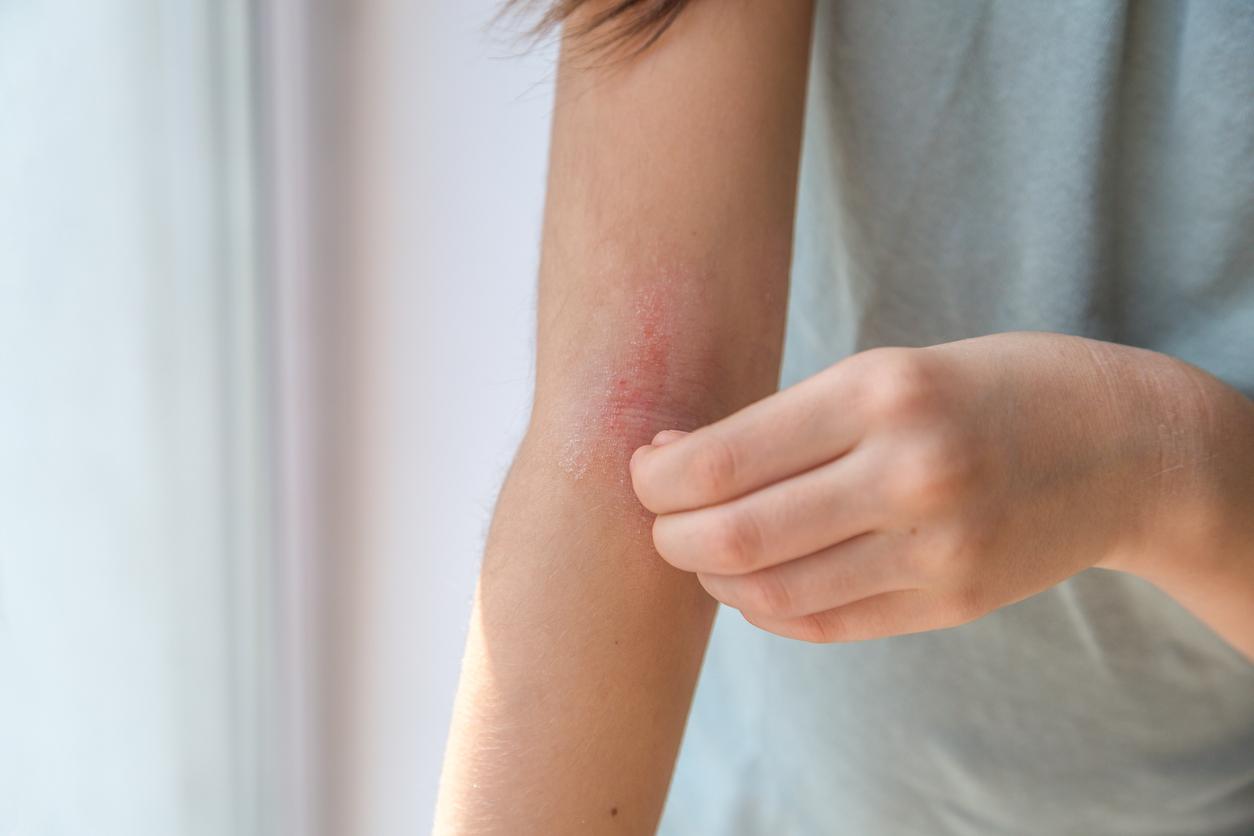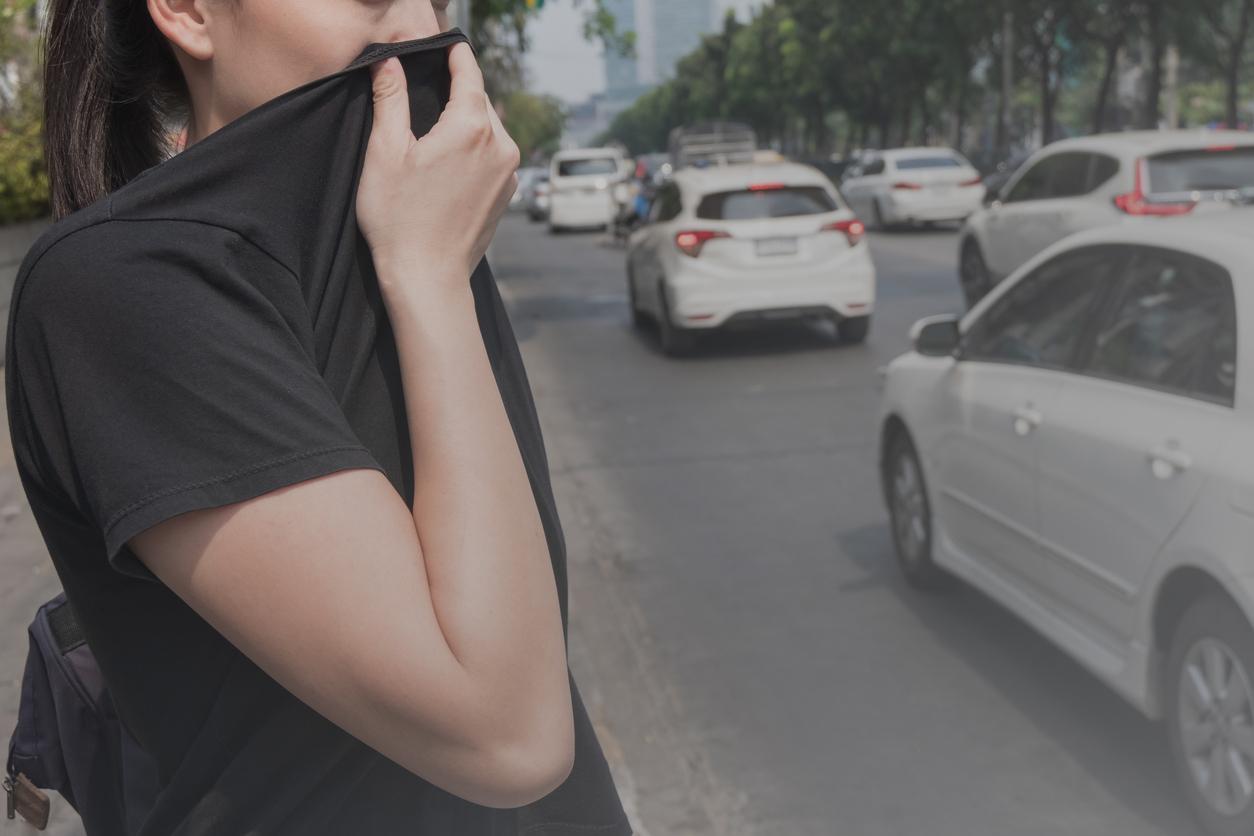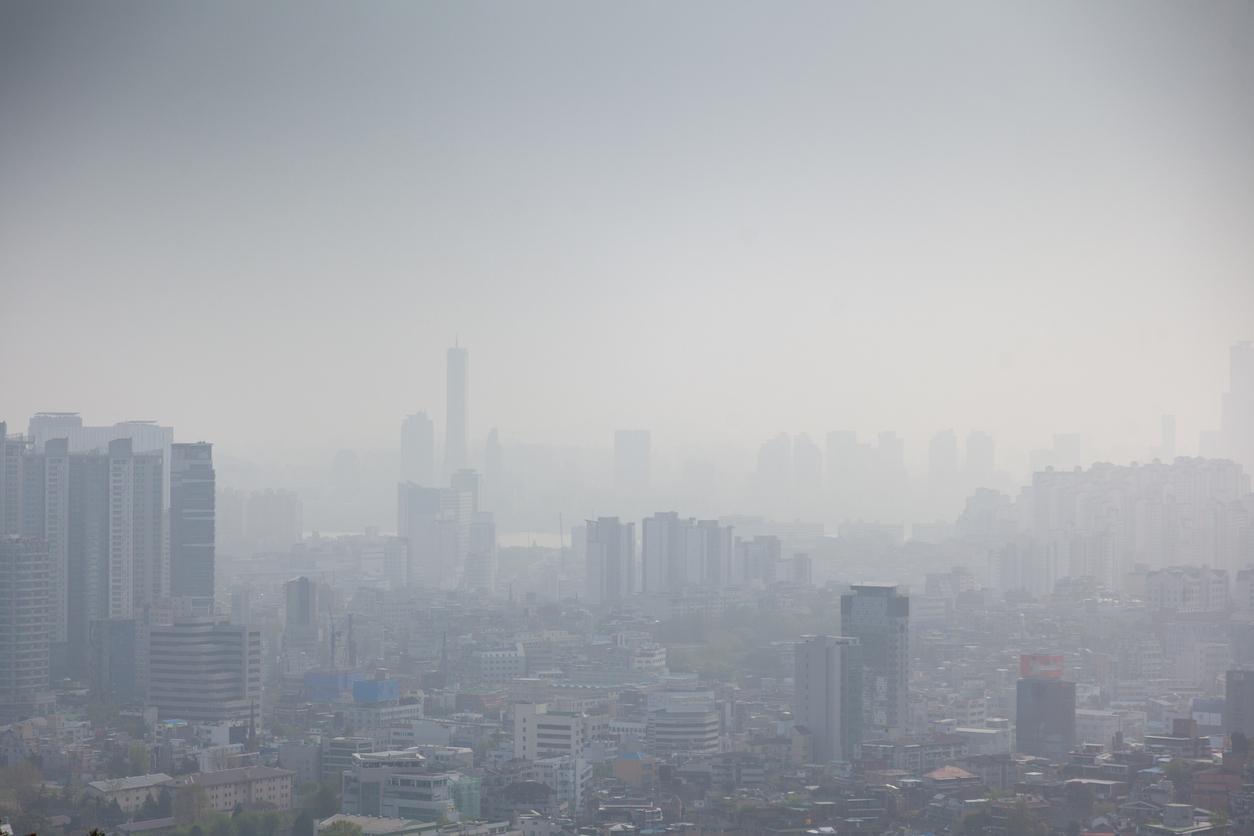People who walk or cycle inhale more soot carbon, an air pollutant produced by car traffic, than drivers or those who take public transport.

- Soot carbon can cause chronic respiratory conditions, neurological damage and cardiovascular disease.
- Pedestrians and cyclists are less exposed to soot carbon concentrations than public and motorized transport users. But, they inhale more air pollutant during their journeys.
“Epidemiological studies suggest that users of motorized vehicles are more exposed to atmospheric pollutants than users of so-called ‘active’ transport (walking or cycling). However, this research is often based on insufficiently diversified samples and does not take into account account the role of ventilation per minute, which has an effect on the dose of particles inhaled by each person”. This is the observation made by researchers from Inserm and the University of La Sorbonne.
Which users are most exposed to soot carbon?
In order to quantify the carbon soot concentrations to which users of different types of transport are exposed and the quantities inhaled during their journeys, the scientists carried out a study, including the results were published in the journal Environment International. As a reminder, soot carbon is an air pollutant produced by automobile traffic.
For the purposes of their research, the team followed 283 people between 2018 and 2020. They moved around Greater Paris. Individual exposure to carbon soot was measured using a sensor worn slung over the shoulder by each participant, i.e. at the level of their breathing zone (near the nose and mouth). Travel and transport modes were assessed using GPS data and mobility surveys. The concentrations and quantities of soot carbon inhaled by the participants were compared with the means of transport.
Pedestrians and cyclists inhale more soot carbon
According to the results, public and motorized transport were associated with a concentration in the breathing zone of 2.20 μg and 2.29 μg of soot carbon per m3 of air on average, respectively. These concentrations were higher than that of walking.
For the same period of 30 minutes, users of so-called “active” transport inhaled a dose of pollutant estimated at 0.41 µg, while people taking public transport or using the car had an inhaled dose of 0.25 µg and of 0.19 µg of soot carbon.
“Thus, although less exposed in terms of soot carbon concentrations than users of motorized transport, pedestrians and cyclists inhale more of this pollutant for an equivalent journey time”, can we read in a press release from Inserm.
“However, it is important to clarify that the inhalation of air pollutants is only one element of the picture of benefits and risks associated with the different modes of transport, and that the other pieces of the puzzle which are the exposure to noise, stress in transport and the physical activity carried out, for which the practice of walking and cycling is widely recommended”, declared Basile Chaix, Inserm research director and author of the study.
.

















